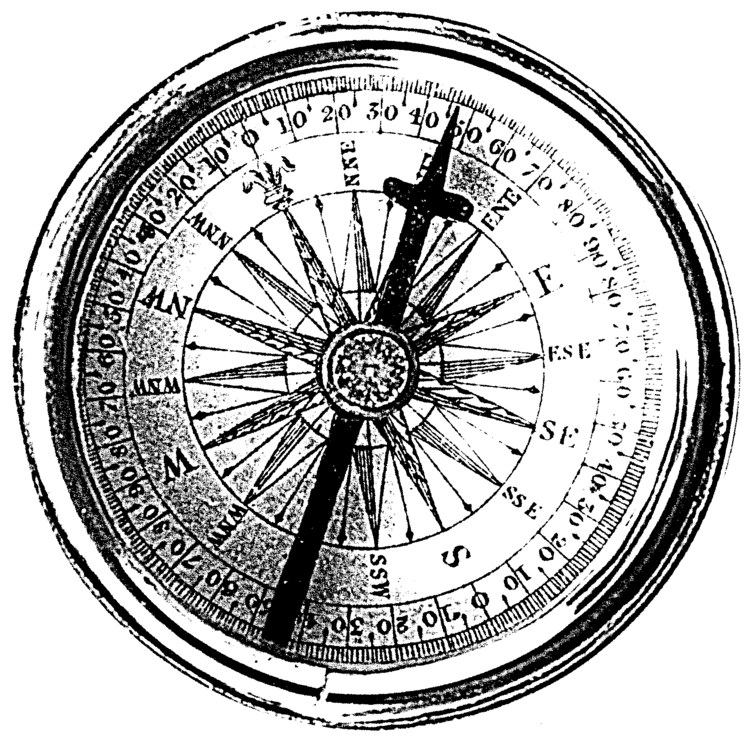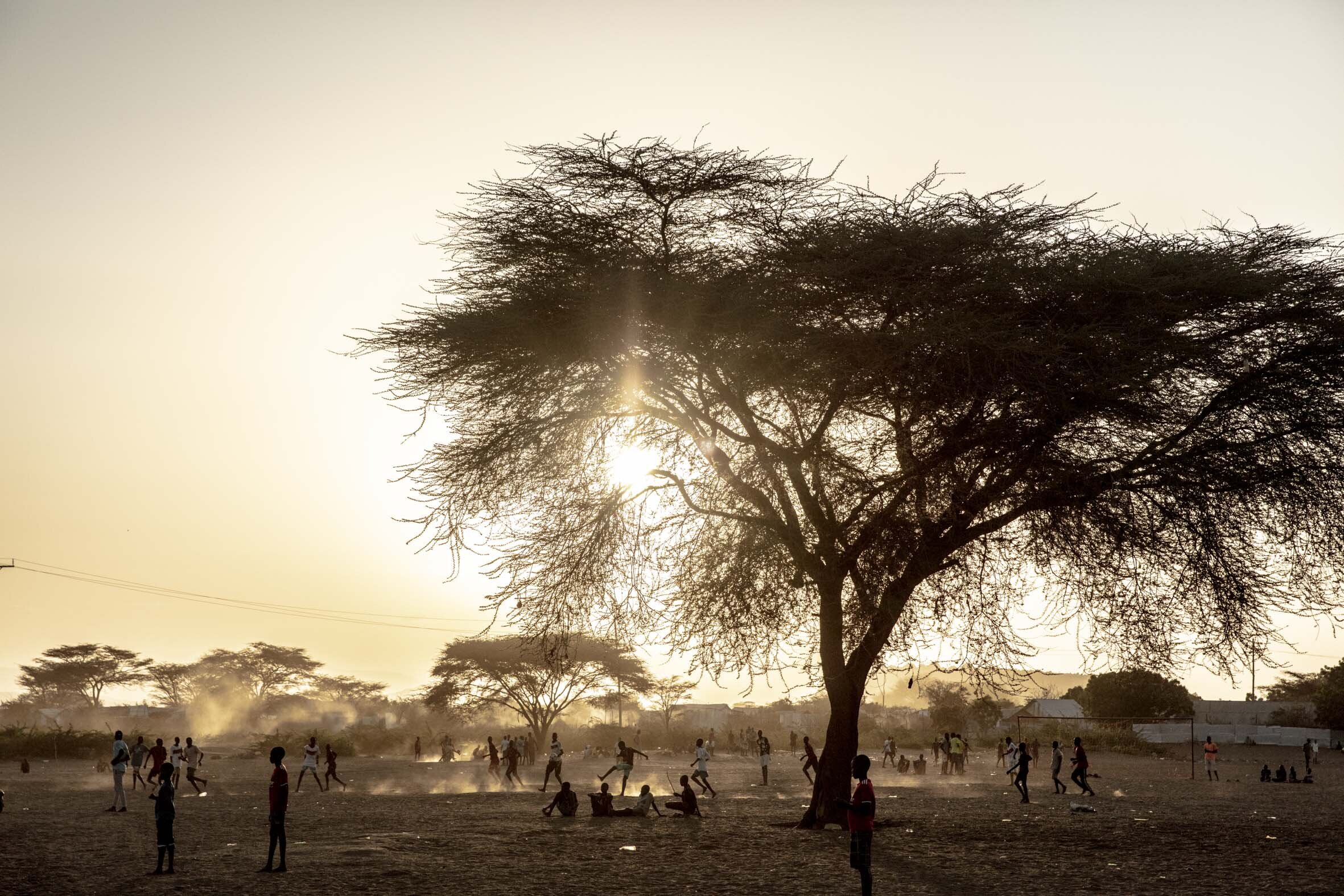In 1995 refugees from the wars in Southern Sudan began to flow over the Kenyan boarder into the province of Turkana. When South Sudan gained independence in 2011 there were hopes that the flow would cease, and these displaced people might soon be able to return home. The reality was the opposite. The worst human rights abuses on the planet escalated, and by the end of this year the population of the Camps at Kakuma will reach nearly 200,000.
If you have a strong stomach you can read in this Guardian article about why they have left their homes and travelled for months on foot across a dangerous, arid landscape to come here.
So, 25 years after the first arrivals, the old part of Kakuma Refugee camp resembles many other bustling shanty towns across East Africa. The UN now provides free housing not in the “Camp” but in the newly built “Settlements”. Every day new arrivals are allocated a simple brick house and a water tank. Fourteen houses are grouped into compounds around a solitary water tap. Each family receives a monthly food allowance, (70% cereals, 30% credit at local shops to buy fresh produce) a locally made charcoal stove, very basic education and the paperwork that officially gives them refugee status. They are not allowed to work, and they must not travel outside the immediate vicinity of Kakuma Town. Nobody wants to talk about how all this will end. There isn’t a solution, just a system for keeping people alive.











